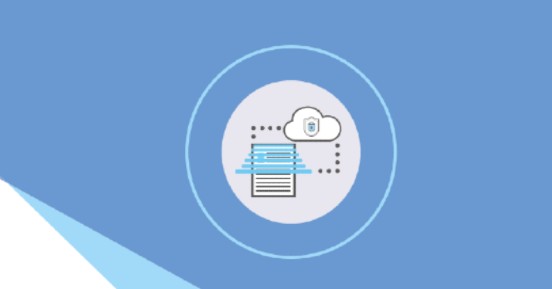Gartner®: Best practices for device sustainability in end-user computing
Endpoint devices make up a significant portion of IT’s overall GHG emissions footprint and waste production within most enterprises. Managing the environmental sustainability of endpoint devices is increasingly becoming a core responsibility and priority for I&O leaders.

Exclusive Preview
Poor choices around end-user device selection and governance can inhibit sustainability goal achievement and waste valuable resources. IT leaders with targets to reduce the environmental impact of end-user devices must rationalise, retain and restructure the lifecycle strategy of end-user devices.
We believe IT leaders can use this research from Gartner to guide decisions at every stage of the device life cycle to promote the full utilisation and circularity of endpoints.
Complete the form below to receive access to a complimentary copy of Gartner’s The complete guide to a sustainable device life cycle using the IT circular economy.
Gartner The complete guide to a sustainable device life cycle using the IT circular economy; Autumn Stanish, Annette Zimmermann; 7 September 2022.
GARTNER is a registered trademark and service mark of Gartner, Inc. and/or its affiliates in the U.S. and internationally and is used herein with permission. All rights reserved.
Featured services & solutions
Overview
- Governments globally, though particularly in Europe, have introduced new regulations focused on the sustainable management of end-user devices and e-waste. This includes a category in the European Union’s Corporate Sustainability Reporting Directive (CSRD) and emerging Digital Product Passport (DPP) requirements.
- Most organizations are increasing refresh cycles to four and five years for employee laptops and three years on mobile devices to capitalize on their useful life. Extending their life span represents millions of dollars in potential cost savings and can defer thousands of tons of greenhouse gas (GHG) emissions from manufacturing new products.
- A recent Gartner survey of IT and business leaders found that Desktop as a Service (DaaS) or virtual desktop infrastructure (VDI) was one of the top 10 most widely implemented initiatives to reduce IT GHG emissions.
Recommendations
I&O leaders responsible for reducing the environmental impact of endpoint devices must:
- Rationalize — Inventory what the organization has today, and utilize the full value of these technologies by discovering and redistributing or responsibly recycling excess resources.
- Retain — Extend endpoint life spans by using a performance-based approach to life cycle planning, and reward employees and business units that demonstrate and promote sustainable behaviors.
- Restructure — Prioritize suppliers with responsible practices and a comprehensive set of sustainability service offerings, and shift to circular or consumption-based computing models where feasible.
Many I&O leaders don’t realize that the decisions they make throughout the device life cycle — from procurement and shipping to asset management and decommissioning — have a significant impact in optimizing IT sustainability.
Gartner Key Findings
Access full reportRelated resources
View More Resources
City of Edinburgh Council significantly reduces non-compliance, financial and reputation risks

Walsall Council’s digital records strategy realises cost, efficiency and property savings sooner
Want to continue exploring?
Enter your information to access the full content.
